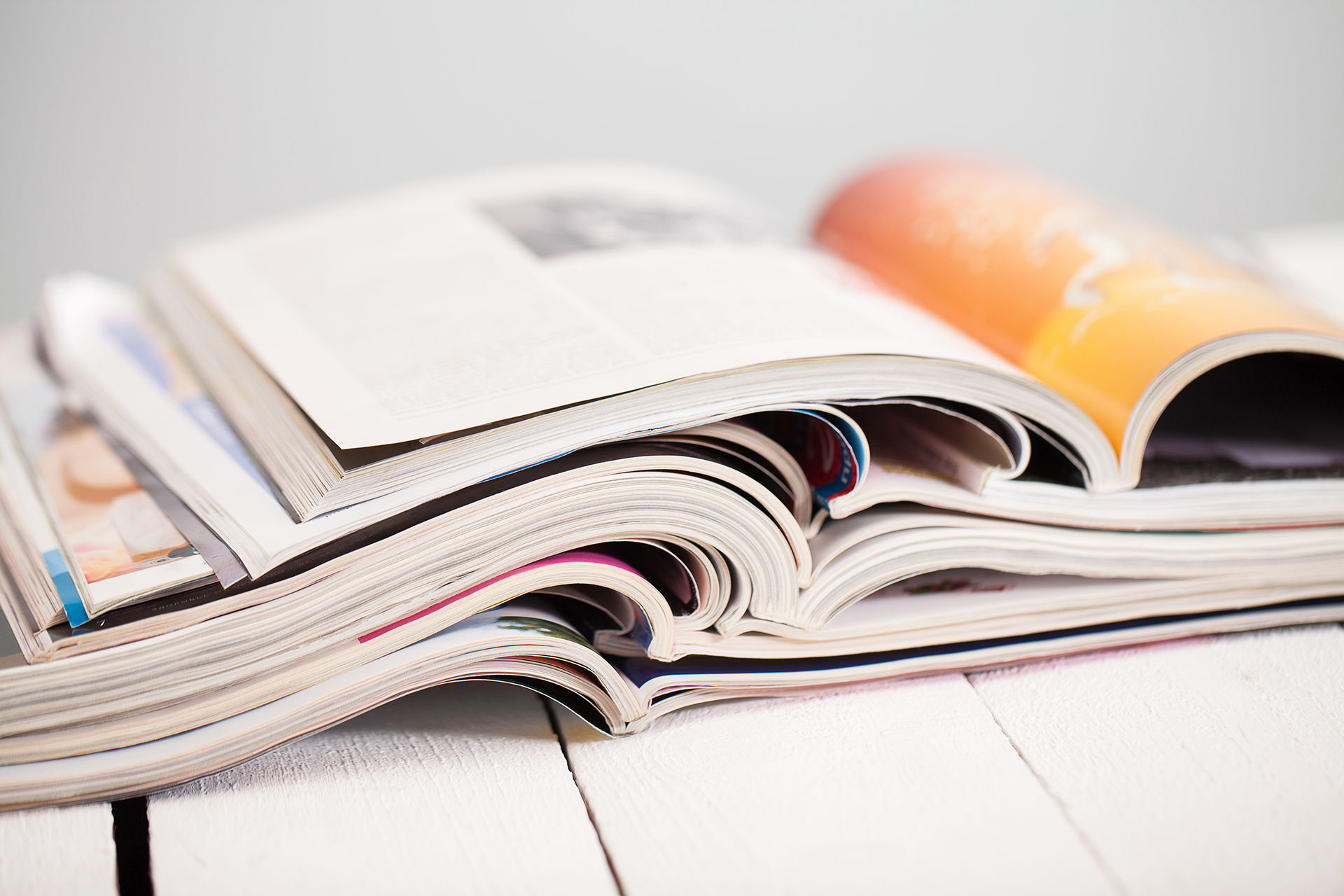MKTG Principal: How to use the power of color to make people love your brand, see these 8 Examples
By Kenneth Wong @ Pareto Principal

Psychological experiments and brain imaging has proven what we long knew was true: Color affects our brains, especially our emotions. A strong response to color has been innate in our evolutionary line for while. The evidence? Looking at colors lights up specific parts of our brains!
Psychologists have tested to see which colors help us focus and which improve our appetite. Artists have used colors to communicate meaning and emotion. And advertising designers have used color to express ideas about brands.
A study conducted by researchers at the University of Missouri-Columbia found that the color of a logo impacted how consumers responded to brands emotionally. Some colors, specifically blue, made them feel that a brand was reliable. Others, like yellow, made them feel that a brand was modern or fun.
Red logos elicit feelings of expertise and self-assurance.

Red, the color with the longest wavelength, appears nearer than other colors. It grabs our attention first. Red stimulates; when people look at red, their blood pressure rises. In experiments, red impacts the nervous system more than any other color.
To those who like it, red communicates energy, power, strength, warmth, and friendliness.
To those who don’t, it might read as aggressive.
An experiment at the University of British Columbia revealed that red can focus and help make a person’s work more accurate.
Across cultures red often represents “no.”
Pink is a shade of red. People eat more in pink rooms. Pink is so strongly correlated with feminity in our culture that it can be seen as emasculating.
Blue logos invoke feelings of confidence, success and reliability.

Blue is soothing and calming, maybe because it occurs so often in nature. Optically, blue suggests distance; the mountains in the distance take on a blue hue. Blue wavelengths are short and they get caught up in the atmosphere.
Research show that blue is the world’s favourite color.
To those who like it, blue communicates intelligence, communication, trust, efficiency, serenity, duty, logic, coolness and reflection.
To those who don’t, it might read as cold or aloof.
An experiment at the University of British Columbia showed that blue spurs creativity.
Yellow logos elicit perceptions of fun and modernity.

Yellow, like red, is stimulating. Being the lightest hue of the spectrum and a warm color, yellow is uplifting and illuminating and cheerfulness. It is highly visible, especially against dark or contrasting backgrounds. But too much of it, or the wrong shade, can cause anxiety. Babies cry more in yellow rooms.
To those who like it, yellow communicates optimism, confidence, self-esteem, extraversion, emotional strength, friendliness and creativity.
To those who don’t, it might read as irritating and anxiety inducing.
Green logos suggest perceptions of environmental friendliness, toughness, durability, masculinity and sustainability.

Green is restful to both the eye and the brain. It is at the center of the color spectrum, a color of balance. It is also a color of safety, maybe because a verdant natural landscape is one that provides well for survival. It brings a sense of peace and restoration to viewers.
Culturally, in the West, green is associated with money and wealth, but this might be linked back to a more common association with fertility.
To those who like it, green communicates harmony, refreshment, reassurance, environmental awareness and equilibrium.
To those who don’t, it might read as bland or stagnant.
Purple logos elicit feelings of femininity, glamour and charm.

Purple, or violet, is the shortest wavelength on the spectrum. Like blue, it is calming. It is often associated with femininity and spirituality. It is also associated luxury, though this might be because purple dye was once so expensive, only royalty and aristocrats could wear purple clothes.
According to surveys, about 75 % of children prefer purple. Purple is a very rare color in nature, which causes some people to consider it artificial looking.
To those who like it, purple communicates the inventive, selfless, mystical, expensive and mysterious.
To those who don’t, it might read as immature or wasteful.
Brown logo gives people reassurance and comfort

Brown is serious, like black, but it is warmer and softer. Brown has associations with the earth and the natural world. Brown is a solid and reliable color. It is more positive than black. It’s a warm neutral. Physiologically, brown gives people reassurance and comfort. It reads as practical.
To those who like it, brown warmth, nature, earthiness and reliability, support.
To those who don’t, it might read as lacking zing and boring, even dingy.
White logo is associated with coolness and cleanliness

White reads as clean and simple. It gives a heightened perception of space. It can read as transparent or as emptiness. In advertising, white is associated with coolness and cleanliness because it’s the color of snow. White is often used to suggest simplicity in high-tech products, with the notable example of Apple.
In Western culture, it is associated with purity; wedding dresses are white. But in some Asian cultures, white is associated with death.
To those who like it, white communicates hygiene, simplicity, sophistication and efficiency.
To those who don’t, it might read as sterile or cold.
Black logo is associated with formal, elegant, and prestigious.

Black makes things looks smaller, and it draws little attention. It’s a recessive color. Black is all colors, totally absorbed, and some feel that this fact has psychological consequences. It is associated with darkness, which is powerful, because it can be both scary and seductive. It creates perception of seriousness and importance. Black is very formal, elegant, and prestigious color. Think black tie, or black Mercedes.
























